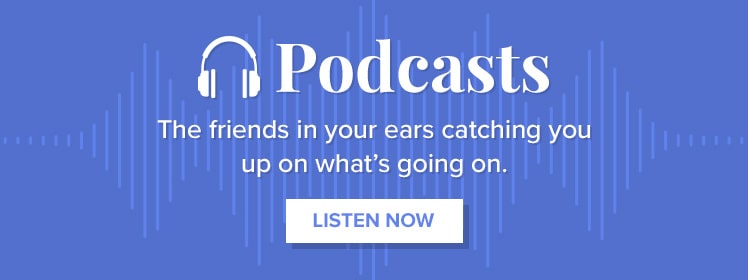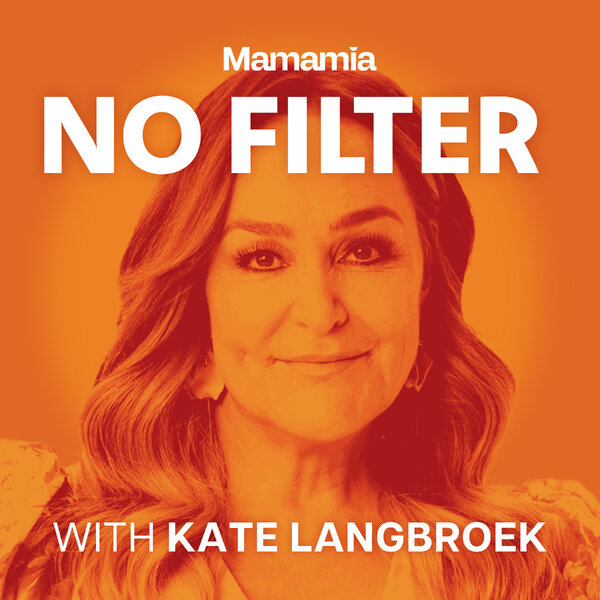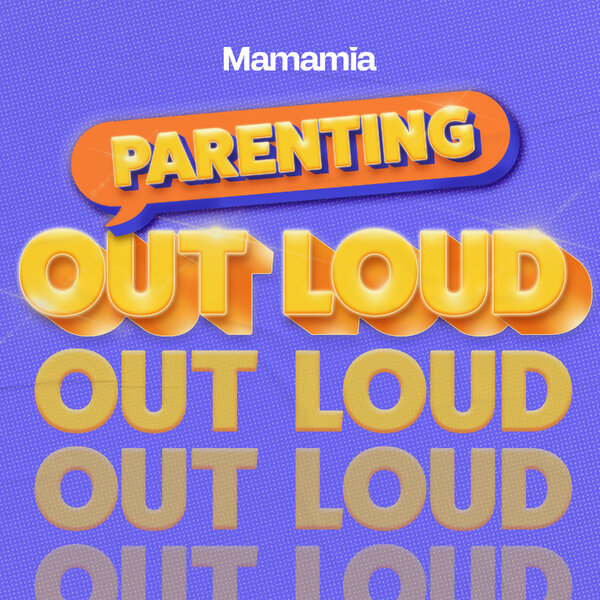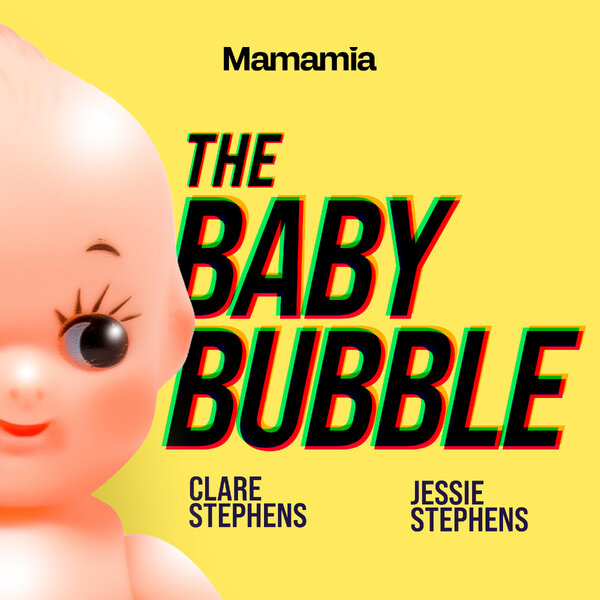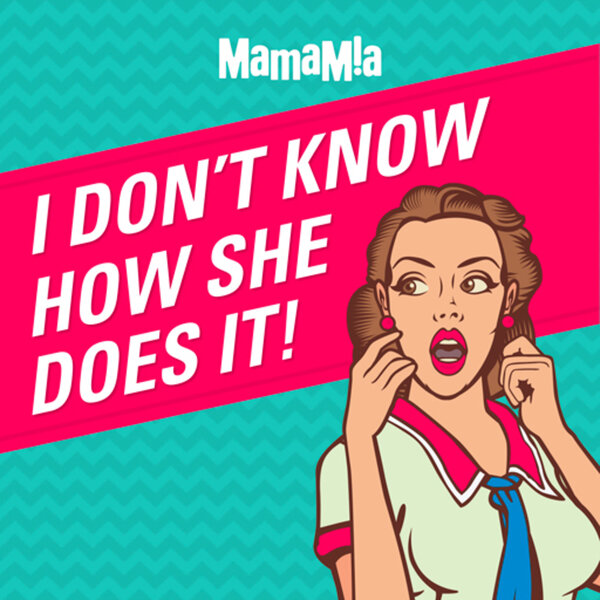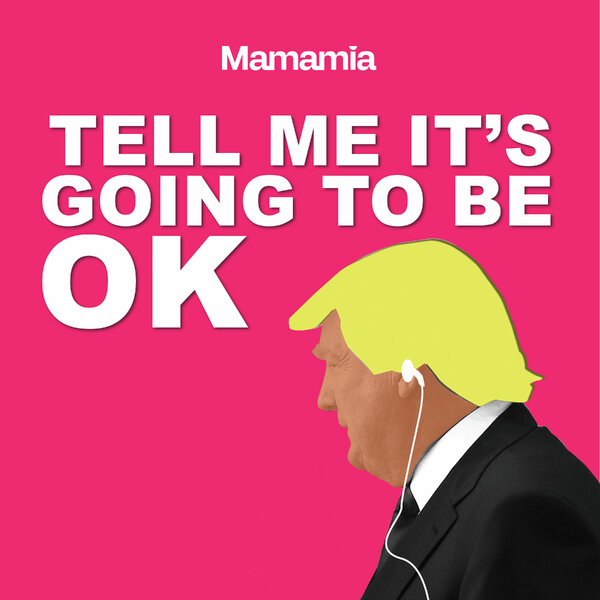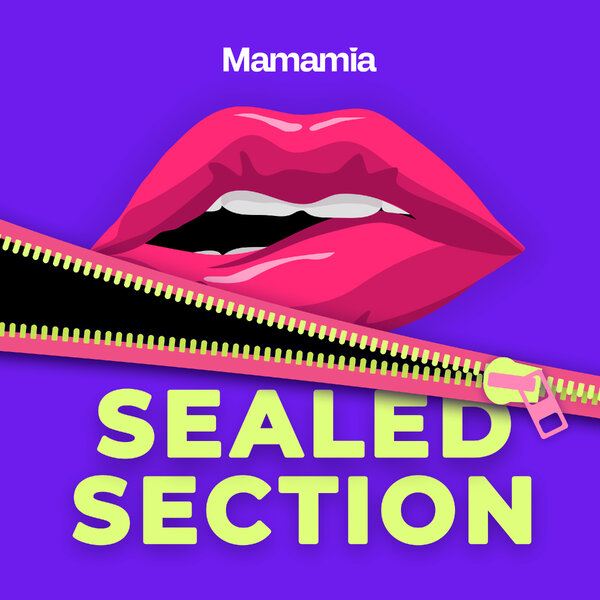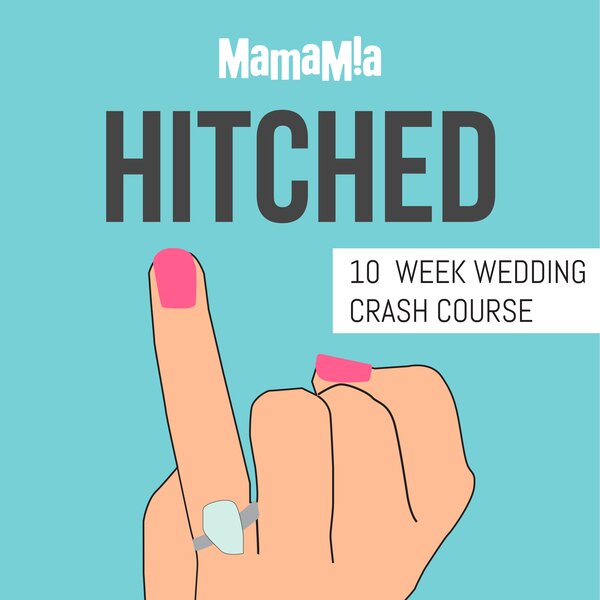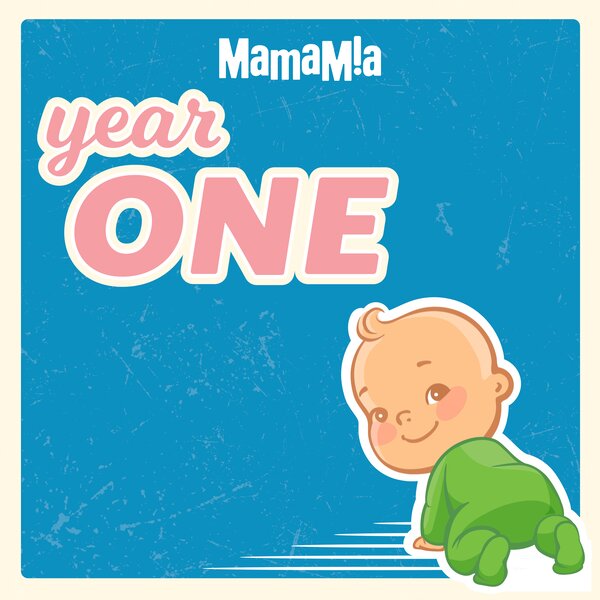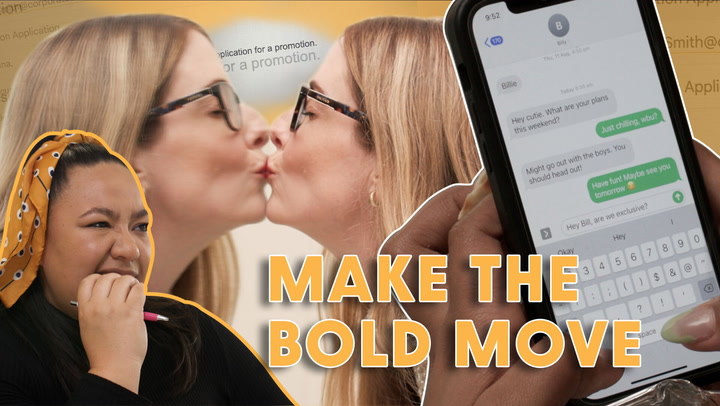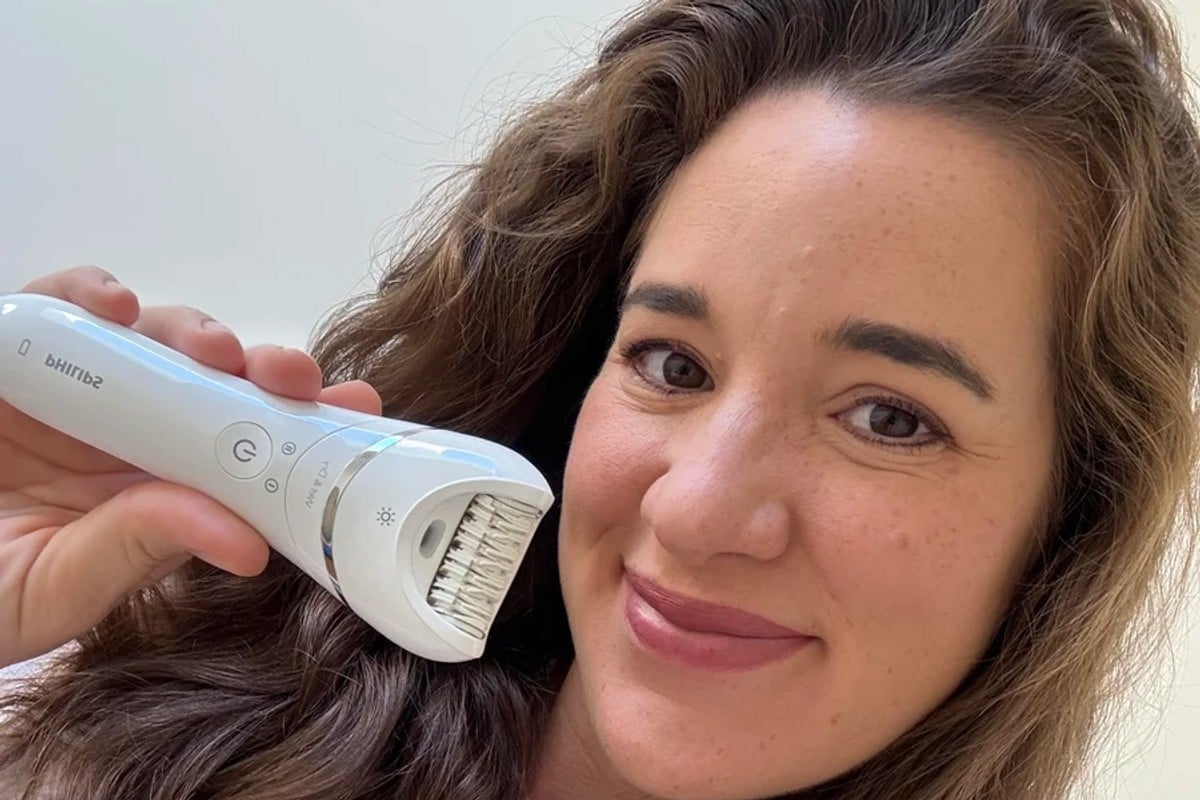
When you think of epilators — those hair removal devices with multiple sets of tweezers that sound like lawnmowers when you turn them on — you probably think of the 80s, extreme pain, and a beauty industry ruled by misogyny where putting up with excruciating hair removal was par for the course.
The epilator craze was an 80s and 90s thing, so if you grew up in those decades, you might be familiar with what you'd call a 'torture device', I'm sure.
Once laser hair removal became popular, and at-home waxing far more accessible (and less messy), epilators seemed to drop off the face of the earth.
Watch: Mamamia on the history of body hair. Post continues below.
It's understandable. The structure of an epilator — rows of tweezer "teeth" on a barrel that whirr at high speed, catching and plucking hairs en masse — is kinda scary. Tweezing your eyebrows is painful enough. Why would you put yourself through tweezing whole patches of hair at lightning speed?
That was how I perceived epilators until one morning, back in my Beauty Editor days, an epilator landed on my desk.
At the time, I'd gone through laser hair removal for my lower legs and underarms but still had some rogue, pesky hairs that would grow back. I'd say I had a 60 per cent reduction (which, for someone who is half-Greek, isn't much) and was managing the extra 40 per cent with daily shaving. I wanted a longer-term solution.


